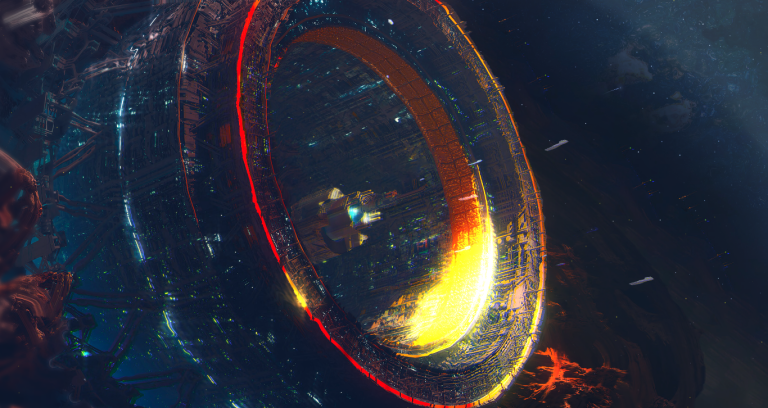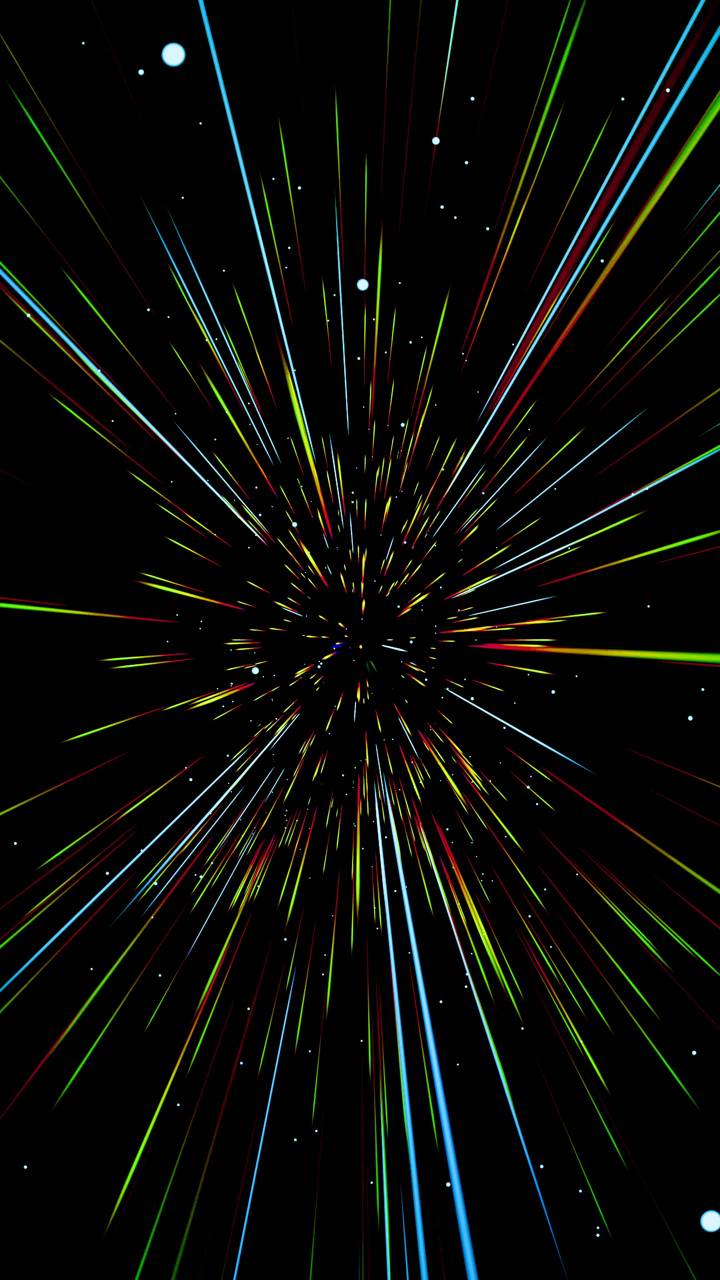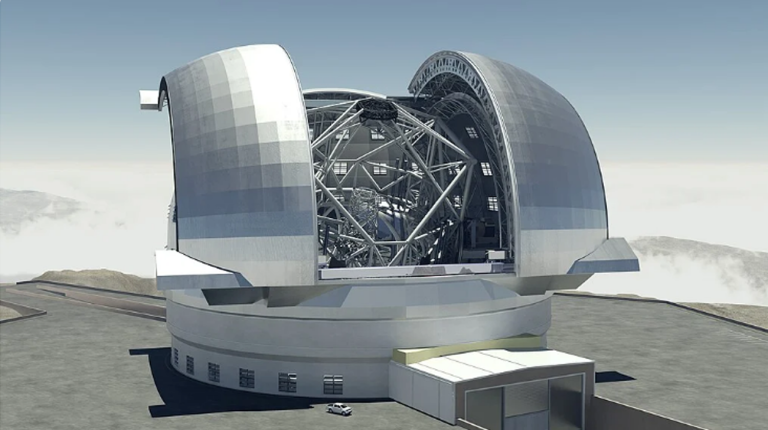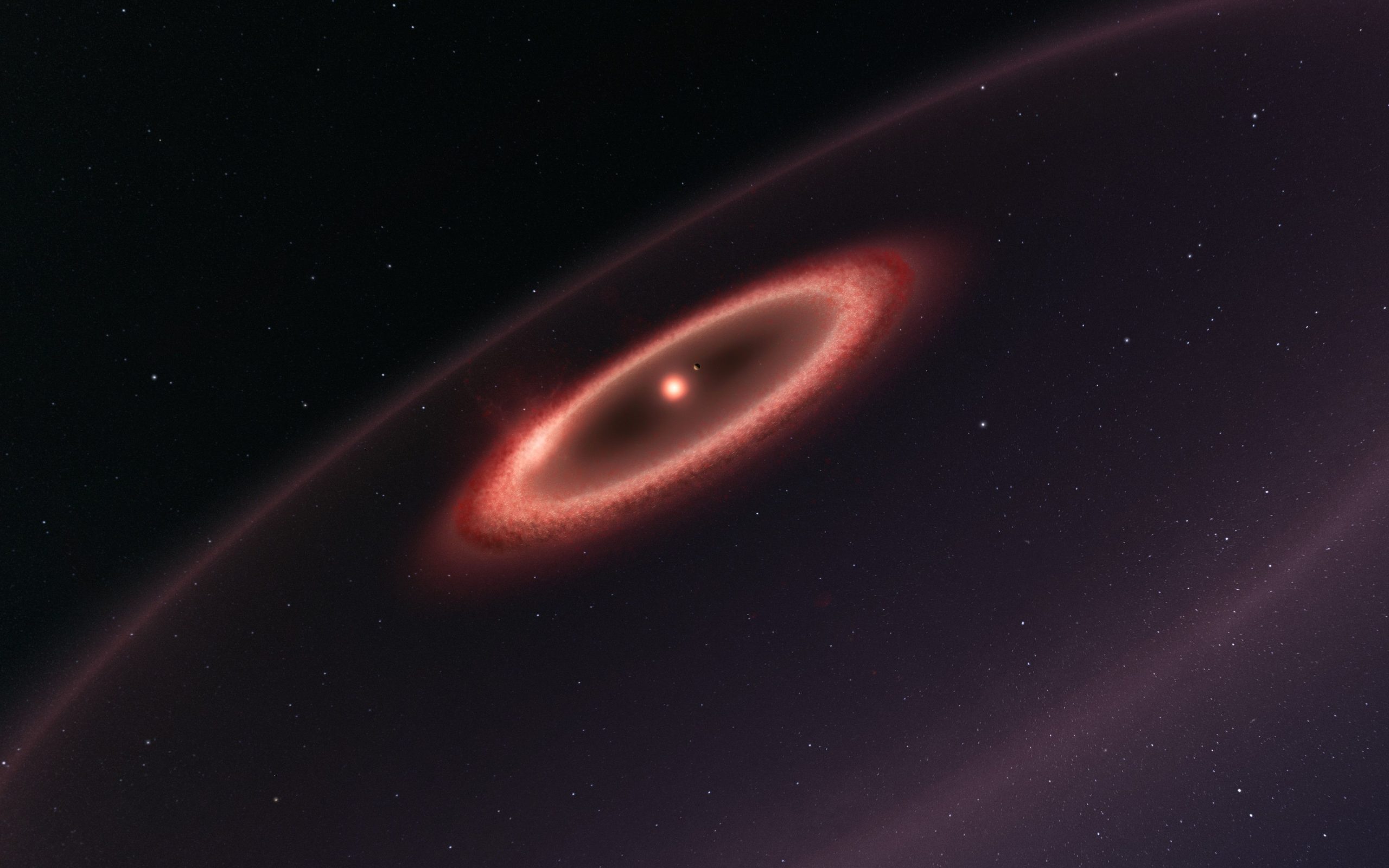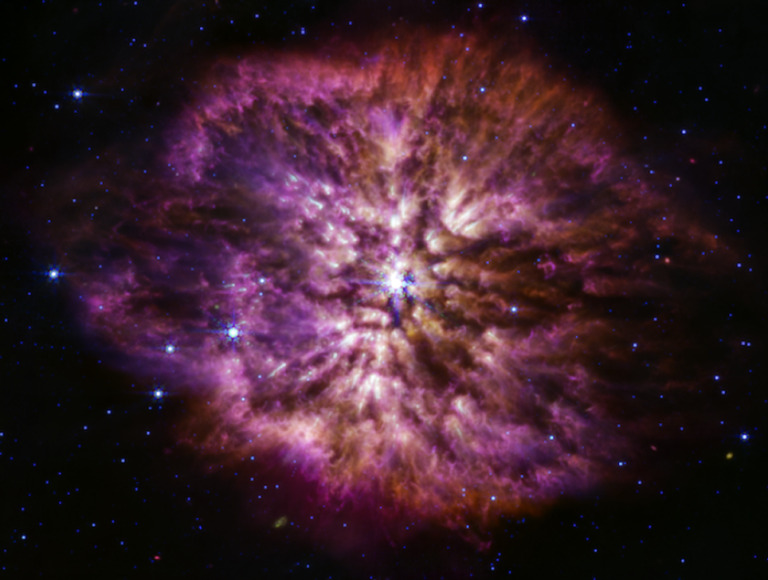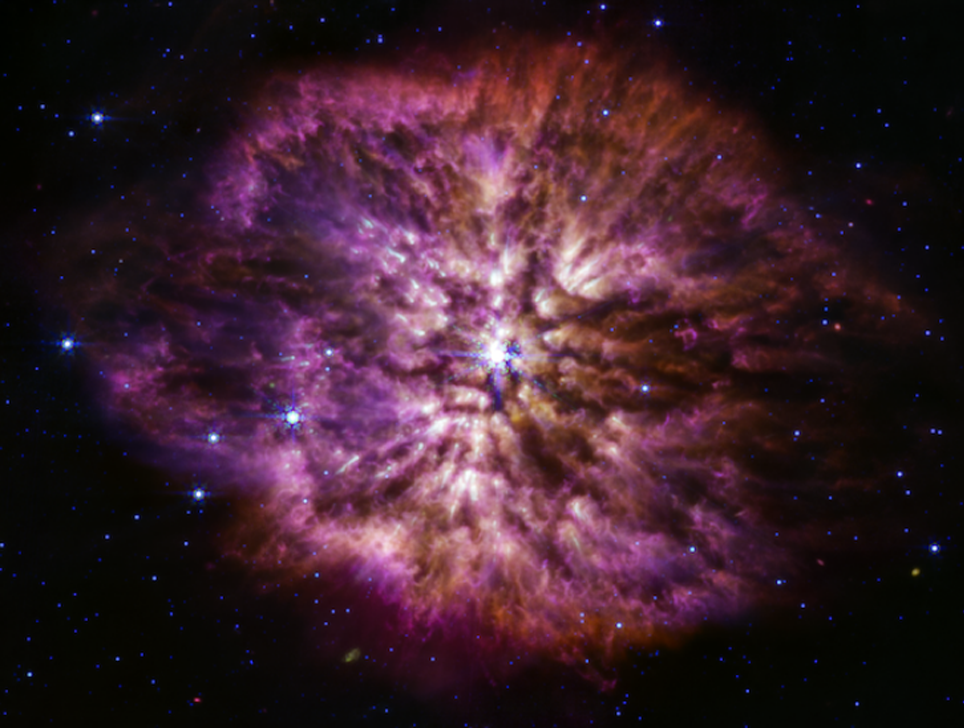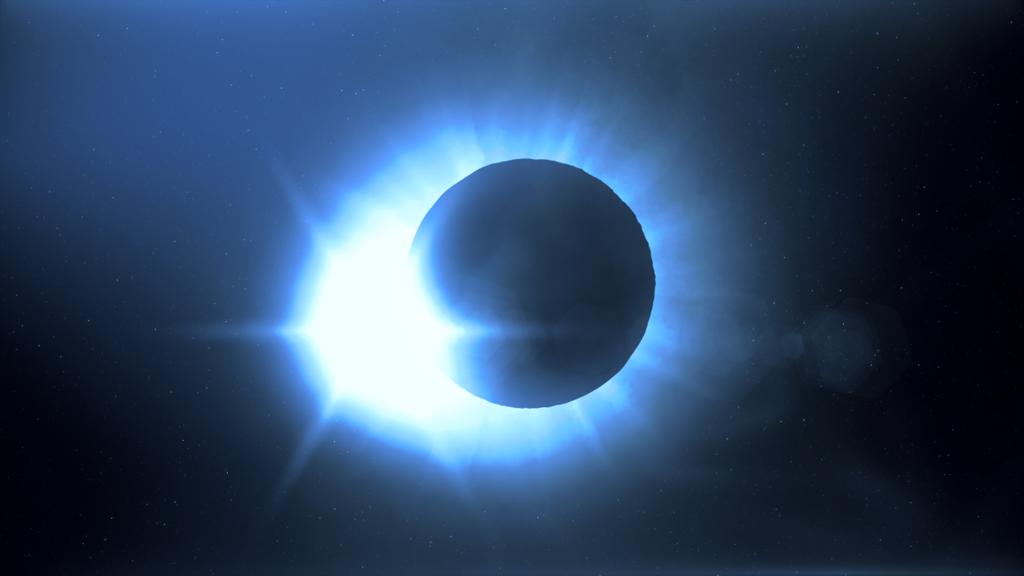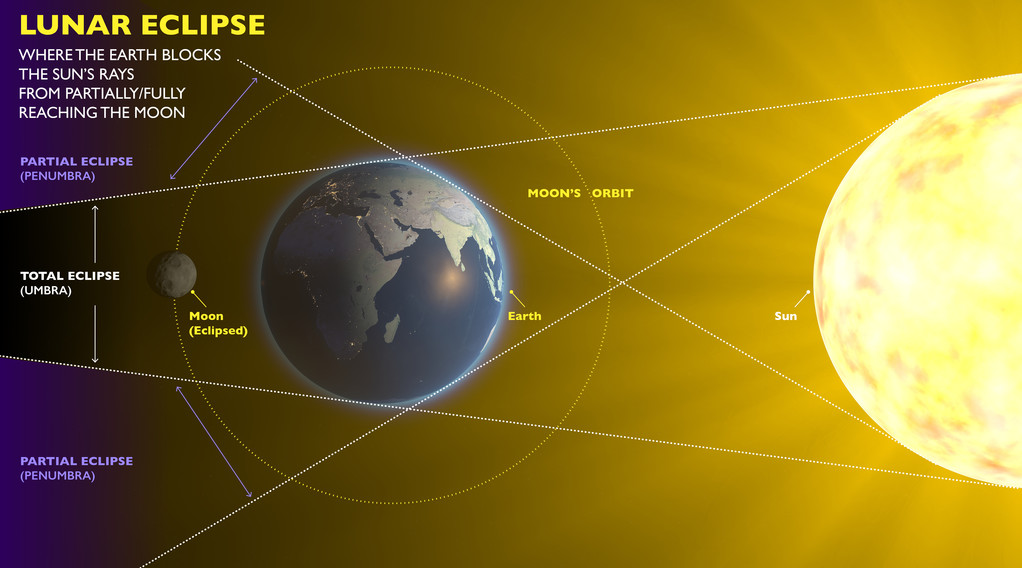No Big Bang? New Theory Says Temporal Singularities Sparked the Universe
Temporal singularities are brief, universe‑wide bursts of energy and matter that recur over cosmic time. This model explains galaxy formation and accelerating expansion without invoking dark matter or dark energy. It challenges the single‑event Big Bang view by proposing multiple rapid events that shape the cosmos.
Summary:
- Proposes repeating energy bursts instead of one initial Big Bang
- Introduces concept of temporal singularities
- Each event floods space with energy and matter
- Removes need for dark matter in forming galaxies
- Negative pressure from bursts drives cosmic acceleration
- Galaxies arise from density ripples after each burst
- Singularities are extremely rare and unobservable
- Builds on Lieu’s 2024 gravity‑without‑mass hypothesis
- Published in Classical and Quantum Gravity in March 2025
- Suggests ground telescopes can test predictions
- Deep‑field redshift slicing may reveal jumps
- Keck Observatory and Isaac Newton Group key to observations

Introduction
The Big Bang theory says the universe began from a single hot, dense state billions of years ago. It has explained the cosmic microwave background and large‑scale structure of galaxies. A new model proposes that the cosmos evolves through repeating bursts called temporal singularities instead of one event. These fleeting events inject both energy and matter into space, shaping cosmic history in steps rather than one dramatic start.
A New Cosmic Blueprint
Dr. Richard Lieu of the University of Alabama in Huntsville published a letter titled “Are dark matter and dark energy omnipresent?” in Classical and Quantum Gravity on March 21, 2025. His model replaces dark matter and dark energy by letting energy‑matter transients appear and vanish in discrete bursts without violating conservation laws. Each temporal singularity is unobservably fast, explaining why these events have evaded direct detection.
Lieu’s framework builds on his 2024 proposal that gravity might act without mass. The updated theory maintains positive mass‑energy density overall by pairing brief bursts with a form of negative pressure that mimics dark energy. This step‑wise approach yields the observed accelerated expansion without extra, unseen components.
Implications for Dark Components
This repeating‑burst model offers a unified picture of cosmic acceleration and structure formation. Instead of persistent dark matter halos, each singularity seeds matter that clumps under gravity, giving rise to galaxies and clusters. Meanwhile, the negative pressure tied to bursts produces a repulsive effect akin to the cosmological constant first proposed by Einstein in 1917.
“The new model can account for both structure formation and stability by enlisting density singularities in time that uniformly affect all space,” Lieu explains arXiv.
From Theory to Observation
Lieu suggests that existing, large ground‑based telescopes could search for these effects with deep‑field surveys. By slicing observations according to redshift, astronomers might detect small “jumps” in the redshift–distance relation at epochs corresponding to singularities. The Keck Observatory in Hawaii and the Isaac Newton Group of Telescopes in Spain are ideal for such campaigns.
If redshift discontinuities emerge in high‑precision data, they would support the idea of discrete cosmic events rather than a single origin. This method relies on improving time resolution in cosmic history, a challenge but within reach of current instruments.
Revisiting the Big Bang
While the model does not eliminate the initial Big Bang singularity entirely, it generalizes it into one of many. In this view, the “first” singularity is just the earliest observed burst, with earlier or later events potentially shaping unobserved eras. This cyclic‑like picture resonates with older steady‑state ideas yet preserves conservation laws by restricting bursts to discrete instances.
The temporal singularity theory offers a fresh way to understand cosmic history. By replacing continuous dark components with rare, fast bursts, it simplifies the inventory of unknown physics. Upcoming observations may confirm or rule out this pattern of repeating cosmic fireworks, ushering in a new era of cosmology.

Table 1: Comparison of Models
| Feature | Big Bang + ΛCDM | Temporal Singularity Model |
|---|---|---|
| Event Type | Single initial burst | Multiple, discrete bursts |
| Dark Matter Requirement | Yes | No |
| Dark Energy Requirement | Yes (Λ term) | No (negative pressure bursts) |
| Direct Detection Possible | No | No (events too fast) |
| Structure Formation Method | Dark matter halos | Density ripples from bursts |
Table 2: Observation Strategies
| Telescope | Method | Signature |
|---|---|---|
| Keck Observatory | Redshift slicing deep fields | Step‑like jumps in Hubble diagram |
| Isaac Newton Group (La Palma) | High‑cadence deep surveys | Uniform bursts of background light |
Facts
- Temporal singularities occur so fast they defy current time resolution
- Lieu’s earlier gravity‑without‑mass paper drew over 41,000 reads in 2024
- Negative pressure was first described by Einstein in 1917 for the cosmological constant
References
- “No Big Bang? A Theory of Repeating Bursts Could Explain Everything,” SciTechDaily, April 22, 2025. https://scitechdaily.com/?p=470435
- Lieu, R., “Are dark matter and dark energy omnipresent?”, Classical and Quantum Gravity, Vol. 42 (7), Mar 21 2025. DOI: 10.1088/1361-6382/adbed1
- “Researcher proposes model replacing dark energy and dark matter,” Phys.org, Apr 2025. https://phys.org/news/2025-04-dark-energy-nature-universe.html
- Wikipedia, “Big Bang,” last modified Apr 17 2025. https://en.wikipedia.org/wiki/Big_Bang
- Lieu, R., ArXiv preprint, “Are dark matter and dark energy omnipresent?”, Mar 11 2025. https://arxiv.org/abs/2503.08733
- Keck Observatory: https://keckobservatory.org/
- Isaac Newton Group of Telescopes: https://www.ing.iac.es/
- “Rapid galaxy surveys challenge cosmic models,” MNRAS, Vol. 531 (1), 2025. https://academic.oup.com/mnras/article/531/1/1630/7673084



